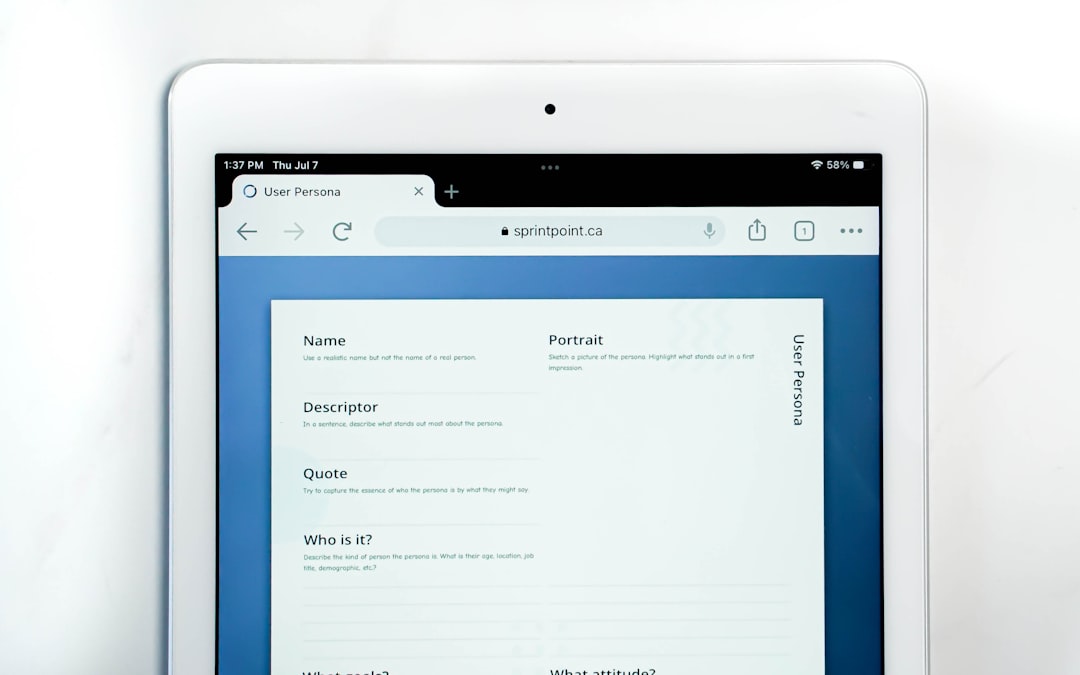In today’s digital age, U.S. content creators must produce and share visually rich content while ensuring optimal performance across websites and social platforms. With increasingly stringent web performance guidelines and metrics like Google’s Core Web Vitals, ensuring images—especially JPGs—are compressed and lightweight without compromising quality is crucial. Whether the content is for blogs, e-commerce platforms, social media marketing, or email newsletters, converting JPGs to a small size efficiently is a best practice every content creator should master.
Why Reducing JPG Size Matters
Large image files can negatively impact page load speed, which in turn affects user engagement, bounce rates, and even SEO rankings. For U.S.-based digital creators working with a national or global audience, lag time costs you viewers. Moreover, sharing high-resolution images without compressing them can cause slower email load times and diminished app performance.
Top Tools for Efficient JPG Compression
There are many tools—from online platforms to desktop software and mobile apps—that can help creators compress their image files quickly and efficiently. Below are some popular and highly recommended tools:
1. TinyJPG
- Platform: Web-based
- Best for: Quick batch compression
- Features: Allows upload of up to 20 images simultaneously. Preserves quality while significantly reducing size.
Tip: Drag and drop your images for a seamless experience without needing to create an account.
2. Adobe Photoshop
- Platform: Desktop
- Best for: Professional editing with fine control
- Features: Export function allows custom image quality and resolution settings with ‘Save for Web’ options.
Tip: Use the “JPEG High” setting preset when exporting for a good balance of compression and quality.
3. ImageOptim
- Platform: macOS Desktop
- Best for: Developers and designers
- Features: Compresses images without visible loss, and strips out extra metadata silently.
Tip: It can integrate with automation workflows for macOS, speeding up steps for batch processing.
4. Squoosh
- Platform: Web-based (from Google)
- Best for: Comparing formats visually
- Features: Allows comparison between compression formats and customization of image dimensions before download.
Tip: Supports advanced options like MozJPEG for aggressive compression with minimal visible degradation.
5. JPEGmini
- Platform: Web and desktop
- Best for: High-volume image optimization
- Features: Batch optimization, preserves original resolution, great for e-commerce
Tip: Ideal for shutterbugs or studios uploading hundreds of photographs regularly.

Tips to Optimize the JPG Compression Process
Knowing the tools is one thing; using them effectively is where the magic happens. Here are some key tips for U.S. digital content creators to help streamline and optimize JPG image compression:
1. Set a Goal for Image Size
Before converting, determine what platform the image will be displayed on. For example:
- Web use: below 100 KB recommended
- Email newsletters: below 75 KB recommended
- Social media: file size isn’t as sensitive, but smaller sizes upload faster
2. Reduce Image Dimensions
Don’t just shrink file size with compression—also scale down pixel dimensions. For web, a 1200px width maximum is often more than enough.
3. Use the Right Compression Format
Choose lossy compression for significant reductions, but if you require transparency or minimal quality loss, consider switching to WebP or PNG.
4. Batch Process for Efficiency
Batch processing not only saves time, but also ensures uniformity across image quality. Tools like TinyJPG and Photoshop automate this well.
5. Strip Metadata
Metadata like camera settings or location tags may not be necessary. Removing them reduces image size while enhancing privacy—for instance when using images on public blogs.

Mobile Apps for On-the-Go Compression
If you’re constantly shooting and uploading images from your phone, these mobile apps are ideal:
1. Photo Compress 2.0 (Android)
- Features: Resize and compress manually or automatically
- Best for: Fast compressions on Android photography workflows
2. Image Size (iOS)
- Features: Adjust image size, resolution, format, and share directly from app
- Best for: Social content creators needing frequent resizing
3. LitPhoto (Android)
- Features: Image compression, resizing, renaming, batch processing
- Best for: Versatility in mobile editing for bloggers and influencers
Tip: Always preview compression results on mobile devices before publishing to ensure quality isn’t sacrificed.
Best Practices Recap for U.S. Creators
Here’s a quick actionable checklist for digital content creators:
- Use purpose-fit compression tools (Photoshop for pros, TinyJPG/Squoosh for quick tasks)
- Define image size targets depending on platform
- Resize image dimensions when possible before compressing
- Utilize batch tools for volume workflows
- Remove unnecessary metadata
- Use responsive images (different sizes for different screens)
Frequently Asked Questions (FAQ)
Q1: Does compressing a JPG reduce image quality?
A: Compression can reduce quality if using lossy methods, but intelligent tools like TinyJPG or Squoosh often preserve visual fidelity. Always preview before publishing.
Q2: What’s the best image size for web uploads?
A: Generally, aim for images under 100 KB and dimensions no larger than 1200×800 pixels for web use while maintaining layout fluidity.
Q3: Are there legal considerations when compressing or editing images?
A: Yes. Ensure you have the right to use and modify images. Stripping metadata could potentially affect copyright information; be cautious with third-party visuals.
Q4: What formats are better than JPG for web?
A: WebP and AVIF often offer superior compression with similar or better quality. However, JPGs are still widely compatible and ideal when edited correctly.
Q5: Which tool is best if I’m working on a large batch of images?
A: JPEGmini or Photoshop (with automated actions) are solid choices for batch optimization in bulk workflows.
Mastering JPG compression ensures faster load times, better user experience, and higher SEO rankings. With the right tools and approach, U.S.-based digital content creators can craft more responsive and accessible content—without compromising visual quality.
I’m Sophia, a front-end developer with a passion for JavaScript frameworks. I enjoy sharing tips and tricks for modern web development.
